Current to Pressure Converter works on flapper nozzle method. The input is 4 to 20mA signal and the equivalent output is 3 to 15 PSI pressure.
Also Read : What is Flapper/Nozzle System
Current to Pressure Converter
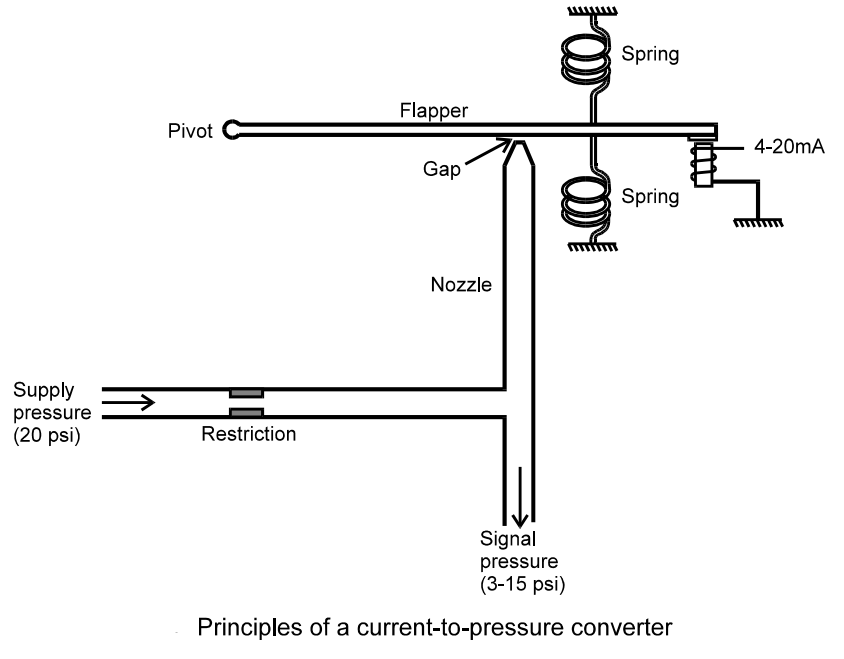
In the Current to Pressure converter, we usually give input current signal as 4 – 20 mA . We also give a continuous supply of 20 P.S.I to the Flapper Nozzle assembly. As we give input current signal, Electromagnet gets activated.
If the current is more, then the power of magnet will get increased. The Flapper of the Flapper-Nozzle instrument is connected to Pivot so that it can move up and down and a magnetic material was attached to other end of flapper and it is kept near the electromagnet.
As the magnet gets activated. the flapper moves towards the electromagnet and the nozzle gets closed to some extent. So the some part of 20 P.S.I supplied will escape through nozzle and remaining pressure will come as output.
If the current signal is high, then power of the magnet will increase, then flapper will move closer to the nozzle, so less pressure will escape through nozzle and output pressure increases.
In this way the output pressure will be proportional to the input current.
For the input current of 4 – 20 mA we can get the output pressure of 3 – 15 P.S.I
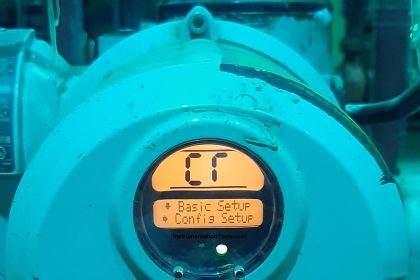
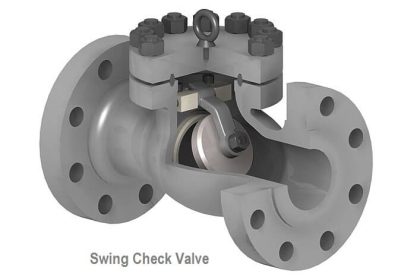
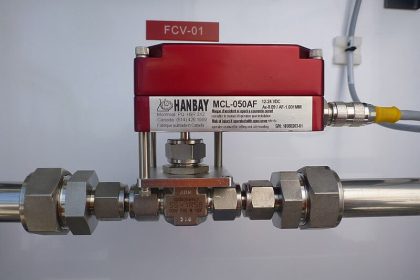
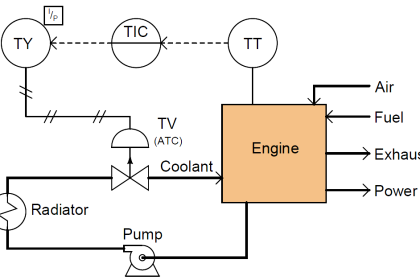
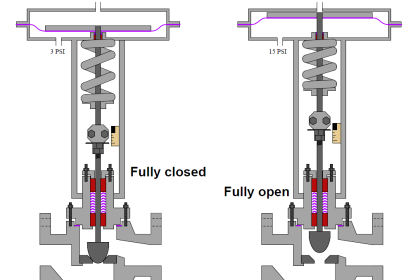
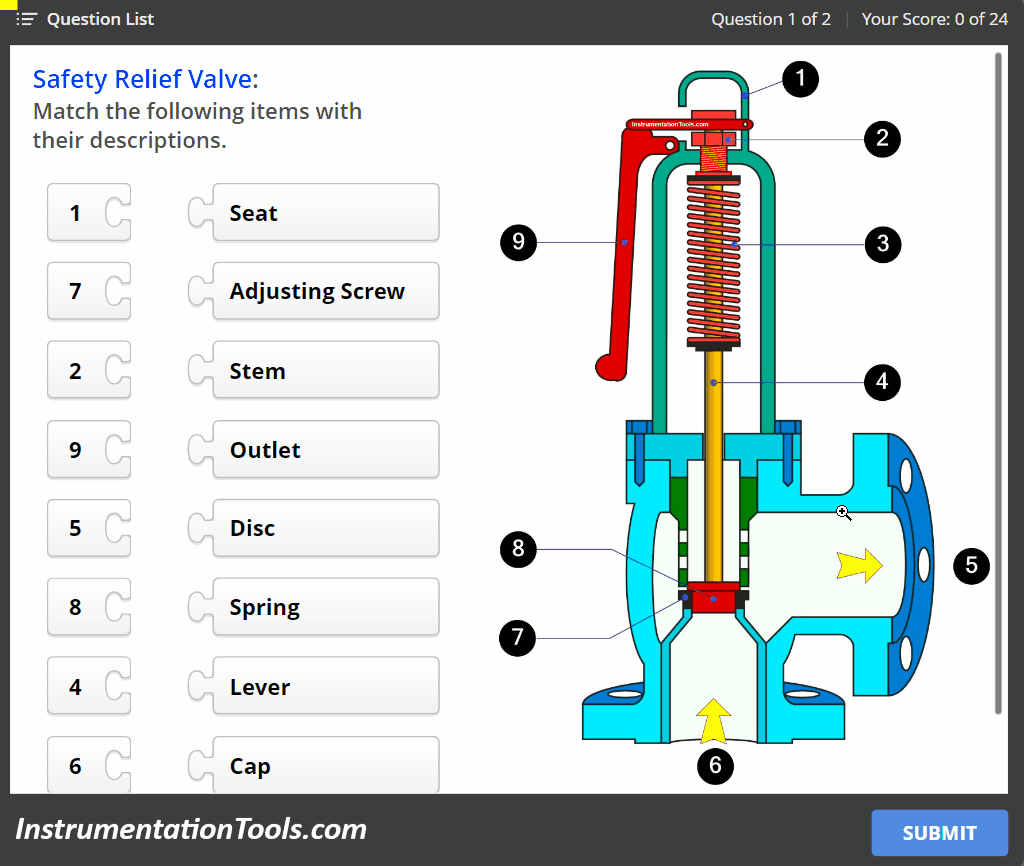
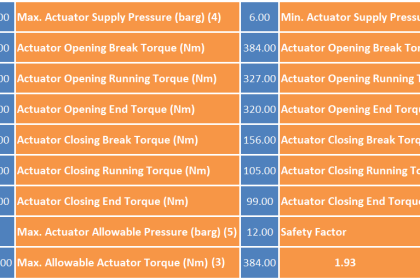
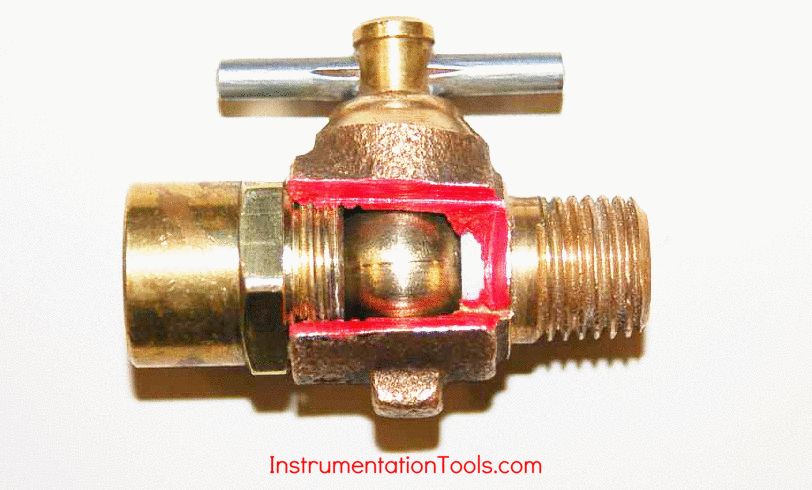
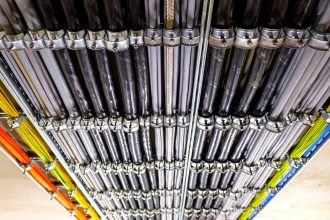

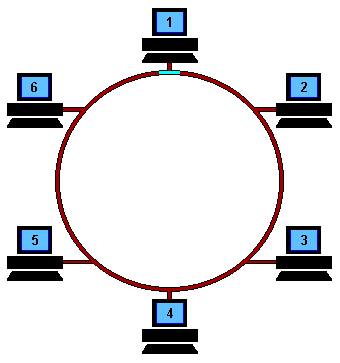

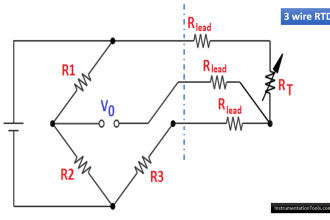
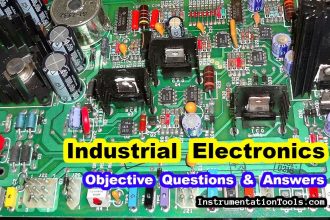
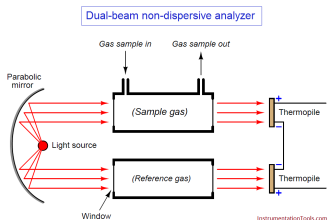

?